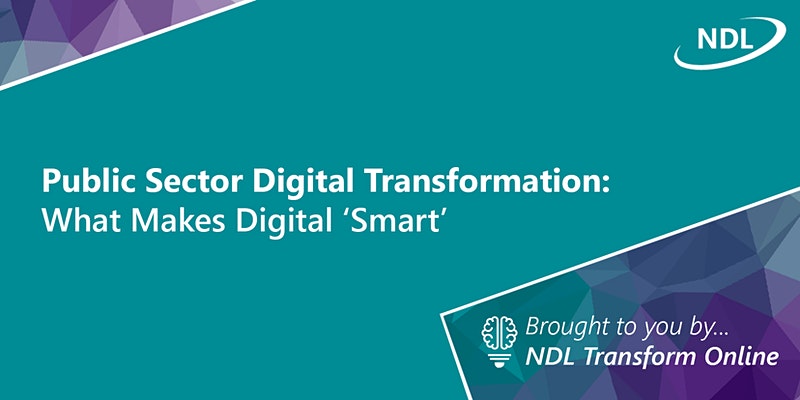Written by Graham Cutting, Head of Public Sector at Cantium Business Solutions
As the UK entered lockdown in March 2020, there was a rush to enable employees to work from home, to allow businesses to continue operating and for public sector organisations to continue delivering front-line services to their citizens. Since then, we have seen more organisations move away from the traditional office environment and adopt remote, hybrid and flexible working.
The pandemic has accelerated the enablement of digital citizen services and highlighted the importance of digital connectivity. Whether it’s virtual GP appointments, online learning or digital payments, we are now more dependent on our ability to get online than we have been before.
While digital inclusion is about providing access to online services and the internet, it is also about ensuring people develop the skills they need. This includes the motivation to use the services, trusting in one’s knowledge, and how to avoid becoming a victim of cyber-crime. By enabling citizens in these ways, services can be delivered online, making them more cost-effective and efficient.
For public sector organisations developing and managing these services, having a strong digital skilled workforce is key. However, the level of understanding and skills required is increasing at a fast pace. Often, when we talk about digital skills, it means multiple things, employees need to have the basic skills to fulfil their roles, the confidence to embrace new technologies and lastly the technical skills to implement and utilise new technologies. Ensuring that employees are prepared for a digitally enabled future will be critical to the success of future digital and public services.
Matching skills and technologies
Digital inclusion is likely to remain a key focus for the year to come, especially as the nature of it is changing. Now, and even more so in the future, it will be less about whether someone has the capability to get online and more about the digital experiences and skills that citizens have. For example, an individual might own a smartphone and be able to video call their family members, but they may still lack the skills to book health appointment online.
Ensuring that employees have digital skills will always be important. Although the private sector has been able to plug the gaps and support organisations with these developments, this has become part of the problem. Although a Managed Service Provider can partner with you to deliver Robotic Process Automation (RPA) change and Artificial Intelligence (AI), employees need to learn how to work alongside these technologies and use them to enhance their day-to-day roles.
Implementing cloud based technologies
These technologies are, more often than not, cloud based. When considering moving to cloud based services, it is important to remember that the cloud is just somebody else’s server – it still lives in a data centre somewhere. Whether an organisation owns and operates the environment themselves, it is outsourced to a cloud provider, or they have partnered with an organisation to support the maintenance of the environment and applications – each organisation owns its data and is responsible for protecting it.
The cloud aims to be cheaper, more secure and more available than traditional on-premises services. However, utilising cloud services won’t always save money, and it’s a mistake to think it will. Cloud also isn’t always the right answer for every organisation, so here are some pointers to think about before taking the leap:
- Don’t start by talking about the end result and where you think you want to be at the end of the project
- Engage with multiple partners, exploring your challenges and the possible solutions
- Be aware that people working within ICT often look at the technologies they already know and are comfortable with.
- Work with technology partners to understand your underlying requirements, both now and in the future
- Ensure that your chosen solutions solve your current problems now and are flexible to address your future challenges
- Ask yourself how the solution will improve employee or residents’ lives
- Look at the bigger picture and break it down into smaller, more manageable bite-sized chunks
Digital technology is already a source of great opportunity, to work in new ways, personalise services, innovate and scale rapidly. But it also brings with it new challenges around privacy, regulation, security and social inclusion. Public sector digital transformation is more than just adopting the latest and greatest technology. It’s about the adoption of digital thinking and the way processes are created and used. There needs to be a recognition that the pace of change is accelerating, and action must be taken to equip both the people delivering these services and those using them with the skills they need. So, that they can embrace digital and take advantage of the opportunities it presents. Digital inclusion is just as much a social priority as it is an IT one.
The post What’s next for public sector digital? appeared first on .


